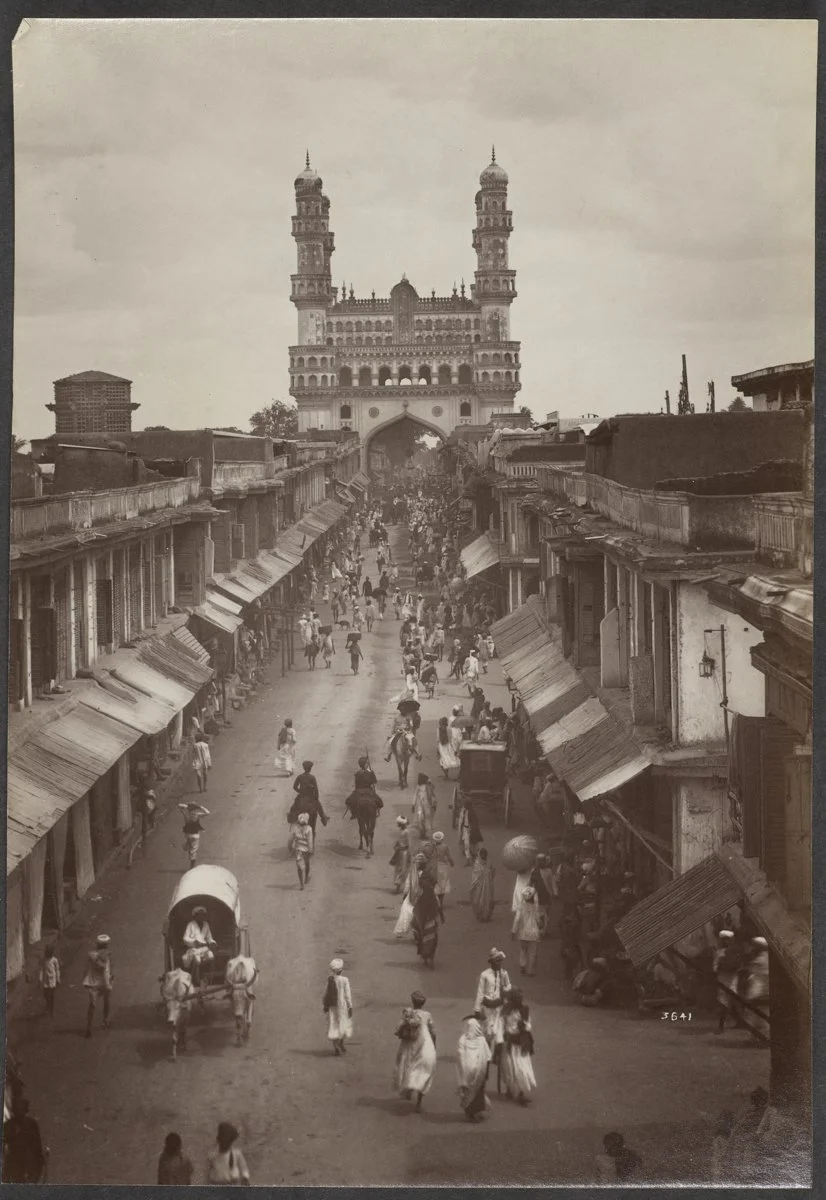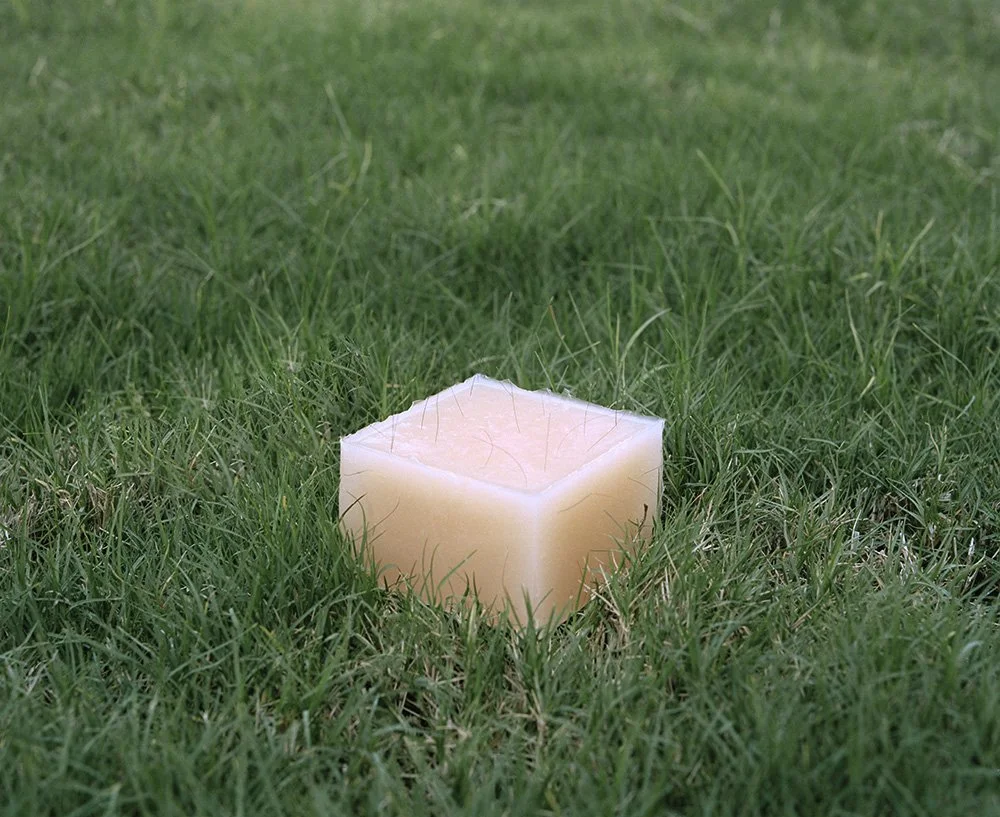Exhibition Review: Tourism and Photography
Kusakabe Kimbei (Japanese, 1841–1934), Cherry-Flower of Koganei (Nearly Tokyo), ca. 1890. Albumen silver print with applied color, 8 3/8 × 10 3/4 in. (21.2 × 27.3 cm). George Eastman Museum, exchange with Daguerreian Era.
Written by Nick Rutolo
Edited by Ben Blavat
It’s become so easy to suspend a moment and immortalize a memory: Everyone’s a photographer as long as they have their phone. For the past 200 years, the relationship between photography and tourism has been intertwined at the hip, and as more people have gained the ability to travel, more have gained the ability to capture their trips on camera and immortalize their experiences. The road to where we are today and the evolution of the relationship between photography and travel is on display at the new “Tourism and Photography” exhibit at the George Eastman Museum. The collection features photographs, the equipment used to take them, and the tools for their preservation, dating as far back as 1839, when photography was in its infancy.
Melissa Ann Pinney (American, b. 1953), Women’s Washroom, Disney World, Florida, 1998, from Regarding Emma. Inkjet print, printed 2012, 8 7/8 × 13 1/4 in. (22.5 × 33.7 cm). George Eastman Museum, gift of Jeanne and Richard S. Press. © Melissa Ann Pinney.
Nick Marshall (American, b. 1984), Escapes (5), from Escapes (1–7), 2013. Chromogenic development print, 25 3/4 × 19 3/4 in. (65.4 × 50.2 cm). George Eastman Museum, gift of Stephen B. and Janice G. Ashley in honor of Steven Schwartz. © Nick Marshall. Courtesy of the artist.
Traveling, tourism and photography have changed from something that used to be a luxury into something that anyone and everyone can and will do. The collection contains dozens of cameras from the past two centuries from Nikon, Kodak and Speed Graphic — some of the oldest cameras dating back to 1875 — as well as more advanced astrophotographic lenses and modern cameras with historical descriptions of their use and popularity. The cameras grow smaller over time as the process becomes streamlined and modernized, and extra tools that were once a necessity become optional upgrades.
The Eastman Museum’s collection of antique photos provides a narrative for some of the most influential photographers. Some photographed royalty and prominent figures, while others created memorabilia like the Kodak photo books and instant print postcards. This display of the evolution of tourism and photography alongside each other instills an excitement for the future. What is it going to be like for the amateur photographer in another hundred years? What is it going to be like for the professional?
Raymond K. Albright (American, 1875–1954), Descending Vesuvius, ca. 1890. Gelatin silver print, 4 1/16 × 3 1/16 in. (10.3 × 7.8 cm). George Eastman Museum, gift of Laura S. Albright.
Lala Deen Dayal (Indian, 1844–1905), Laad Bazaar and the Charminar, Hyderabad, India, 1887. Albumen silver print, 7 3/4 × 5 3/8 in. (19.7 × 13.6 cm). George Eastman Museum, gift of University of Rochester Library.
The exhibit also includes work that shows influential and intentional manipulation of photographs that serve as a narrative for cultural context. Hastiin To’Haali attended Diné College, a school designed to assimilate Native Americans into Western culture. John N. Choate photographed To’Haali before and after his time at the school and wove together the photographs to show how it changed him. To’Haali was renamed Tom Torlino. Another photographer, Hu Jieming, superimposed the daily life of Chinese people on notable landmarks, such as the Great Wall of China, to illustrate the difference between what the tourist sees and what the citizen experiences. Photography has expanded our view and understanding of the world. It provides knowledge concisely and immediately, and captures what our eyes and minds witness. As our views evolve into something greater, so too will what we capture.
William England (English, 1830–1896), Niagara, The American Fall, 1859. Albumen silver print with applied color, overall: 3 1/4 × 6 7/8 in. (8.3 × 17.5 cm). George Eastman Museum, purchase.
The selections on display from “Tourism and Photography” change regularly to ensure that antiques and other photosensitive materials don’t sustain any damage and can remain on view for as long as possible. Multiple visits to the museum throughout the duration of the exhibition will give viewers a different experience every time. Selections from “Tourism and Photography” will be on view from now until Sept. 4, 2022, at the George Eastman Museum in Rochester, Upstate New York.












